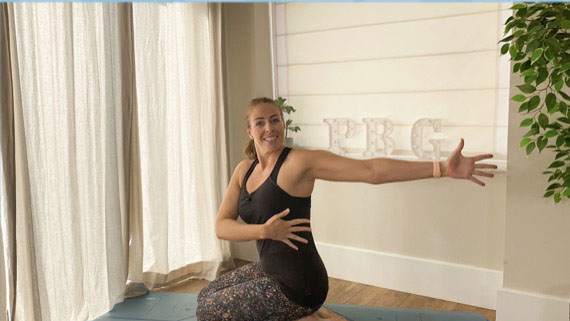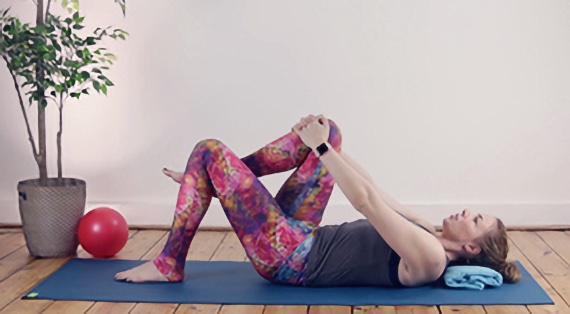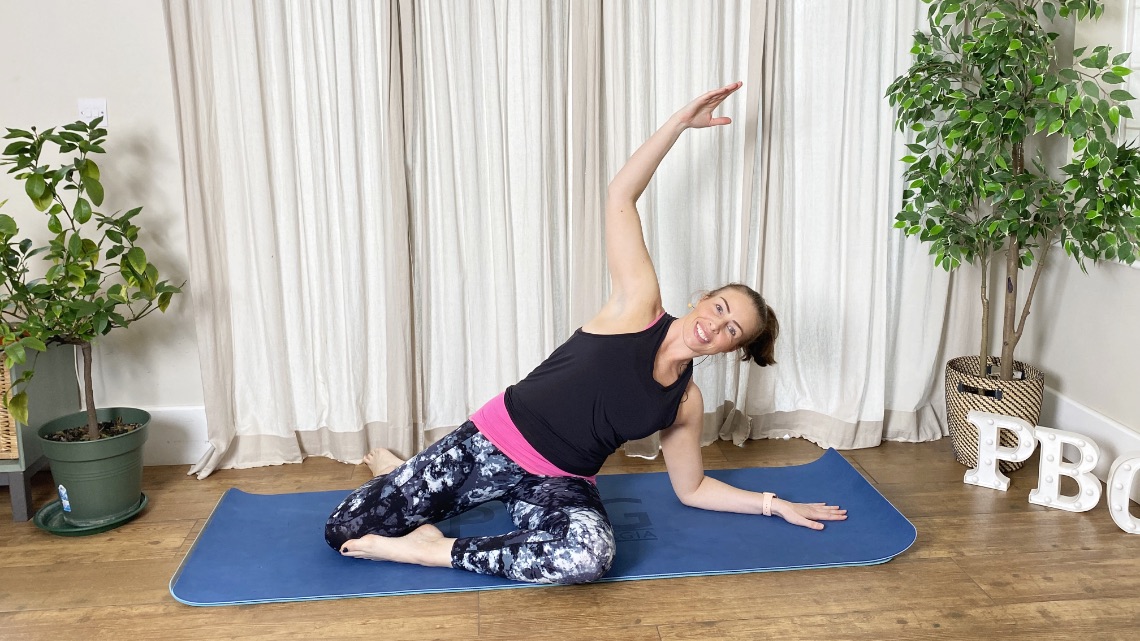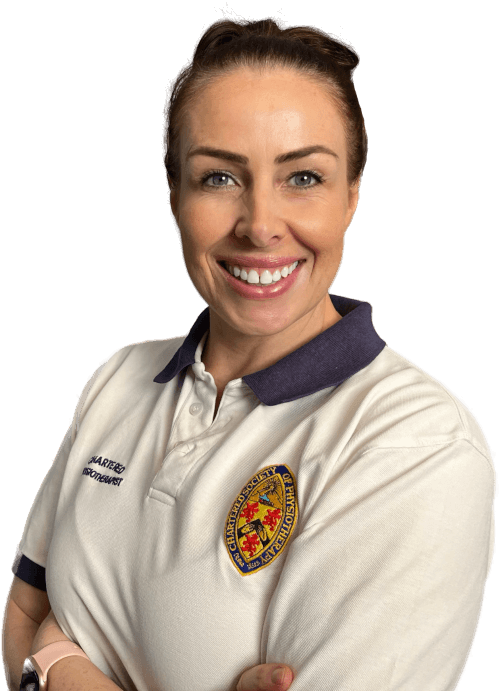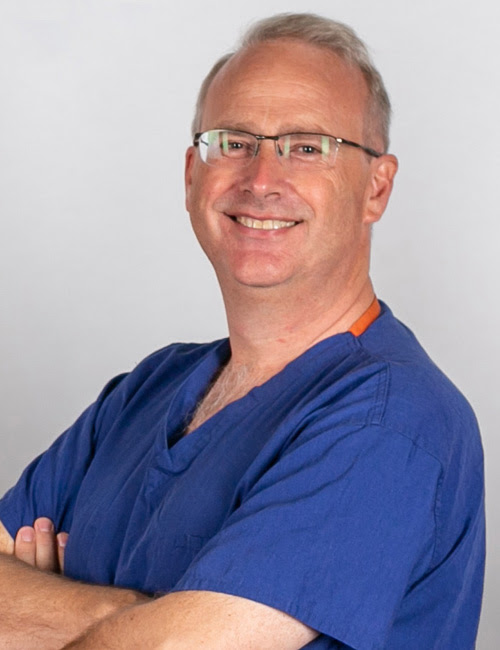Mid Back Pain
Thoracic Spine Pain
The mid back is comprised of the thoracic spine; it connects the neck and lower back. It is built for stability, with the rib cage attached to it forming a protective cage around the vital organs of the heart and lungs. The thoracic spine has a relatively narrow canal that allows your spinal cord to pass through.
All about Mid Back Pain
Causes of Mid/Upper Back Pain
The most common causes of thoracic back pain is inflammation. This can be caused by a number of reasons:
- Trauma - Such as a fall, car accident, or sports injury
- Poor Posture - For example, sitting slouched, or at a computer for a prolonged period of time
- Using a heavy back pack
- Repetitive strain injuries of the thoracic spine can be caused by overuse with inadequate muscular strength.
Sometimes certain spine conditions can cause thoracic back pain such as osteoporosis, scoliosis, arthritis and stenosis.
Symptoms of Mid/Upper Back Pain
Stiffness, reduced range of movement and pain are common symptoms. Sudden pain with sneezing, coughing, or laughing. Compression or disruption of the spinal cord can lead to tingling, numbness or weakness.
Relieving Back Pain
Medication - Seek appropriate pain relief to reduce discomfort and allow for more mobility exercises.
HEAT - A warm pack placed over the mid back pain region for 20min a few times a day can ease stiffness, tension and soreness and help to relax the muscles increasing ability to stretch and mobilise the spine.
Improving your posture - Especially at work! Review your work desk set up with the aim to improve your posture whilst working.
Increase activity levels - Even if you have to modify what you have to do, keeping as strong and flexible as you can will help. Plus do aim for a healthy body weight.
Thoracic Back Pain Exercises
Do watch the PBG information class on mid back pain, then try the QuickFix exercise class to learn how to safely mobilise, stretch and stabilise your mid back.
Free Class: Quick Fix for Mid Back Pain

 Physio Tip!
Physio Tip!
Keep moving! If you have a sedentary job set an alarm for every hour to remind you to get up and move around.
Place your hands behind your head and take three big deep breaths lifting up the chest as you do so. Exhale slowly allowing the chest to return down.
Alert!
Contact your healthcare provider immediately if:
- You have a sudden change in bladder and bowel control
- You feel loss of sensation in the saddle region
- You experience constant, severe and progressive pain that is not responding to treatment.
